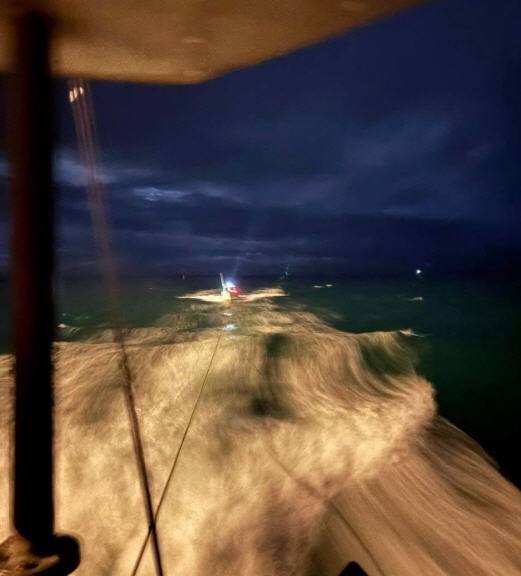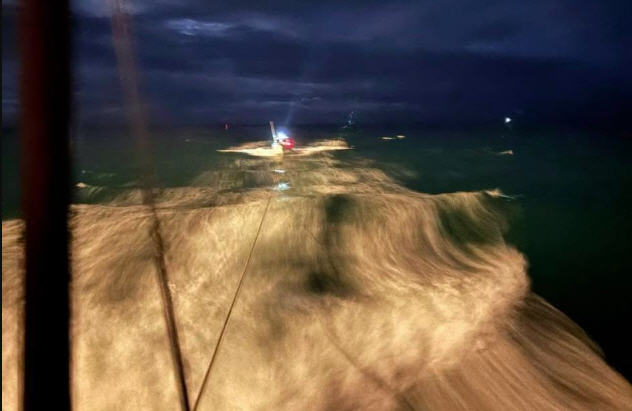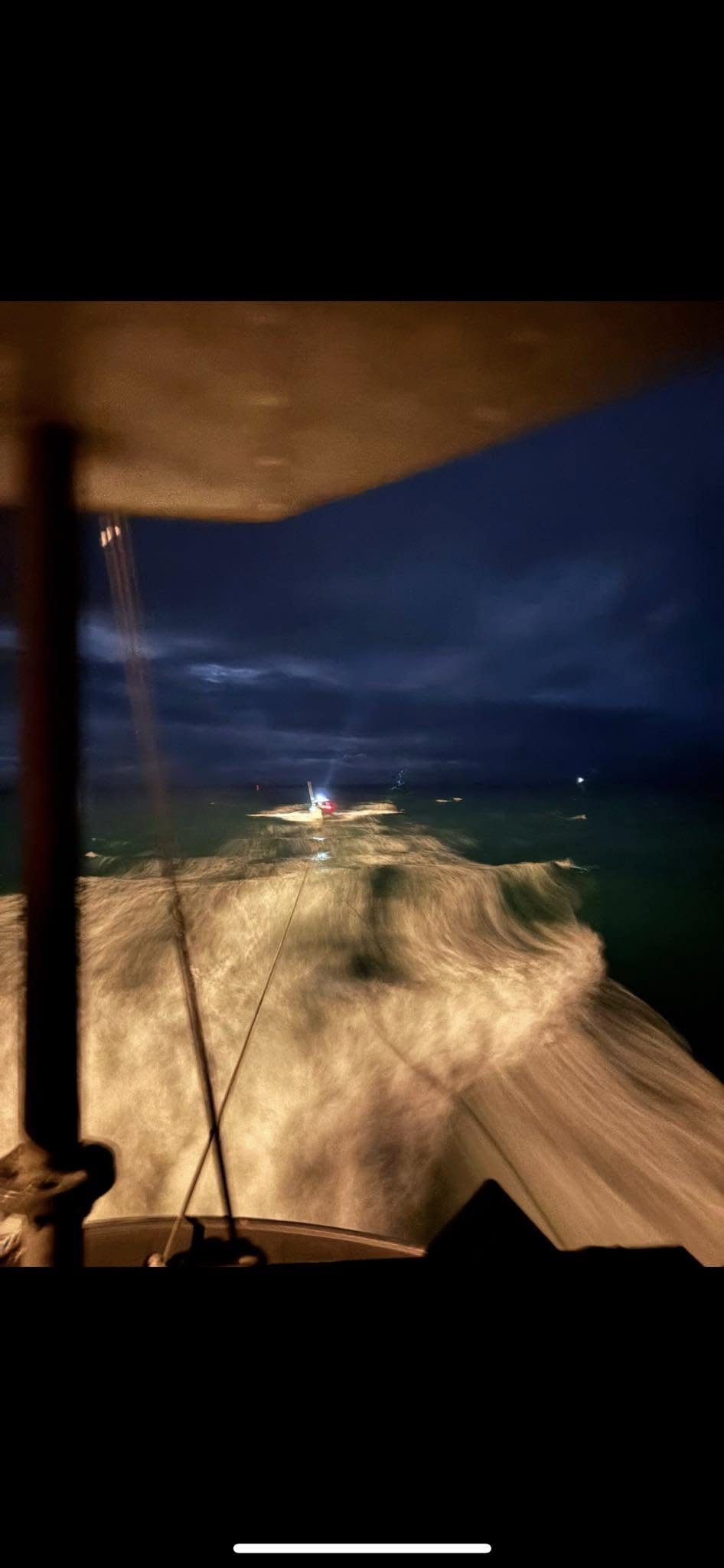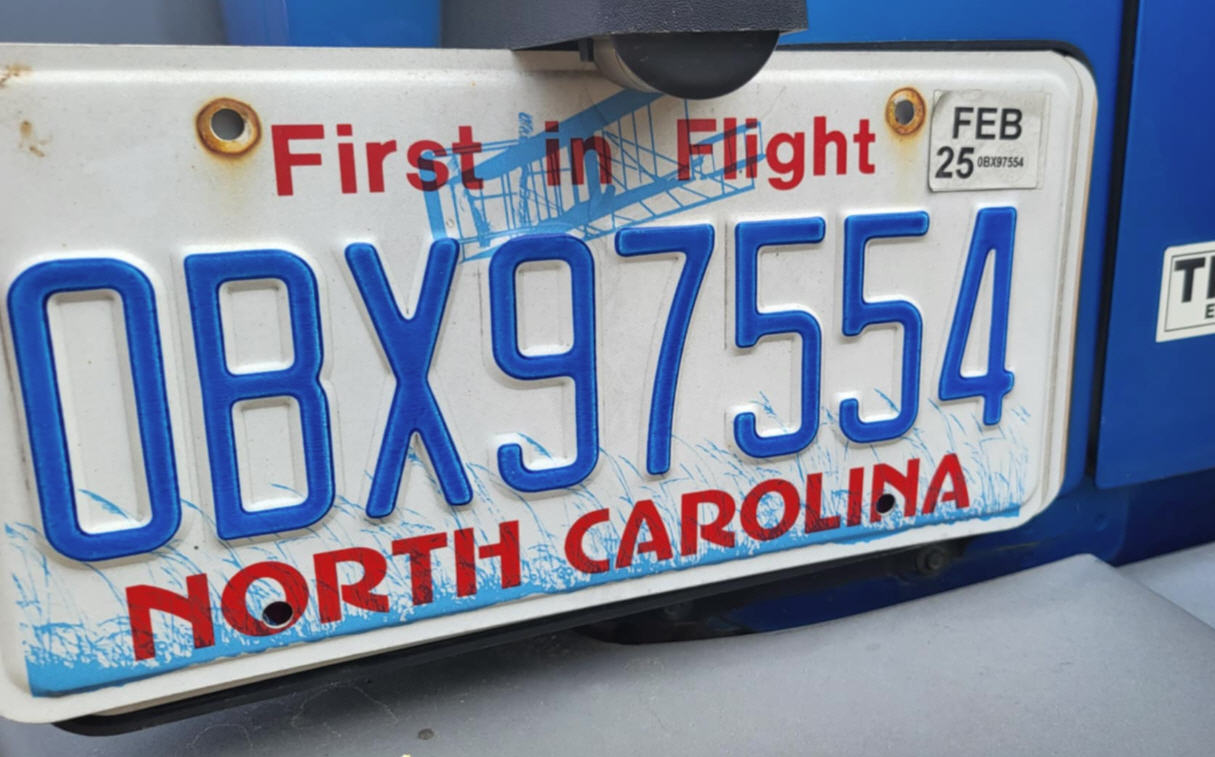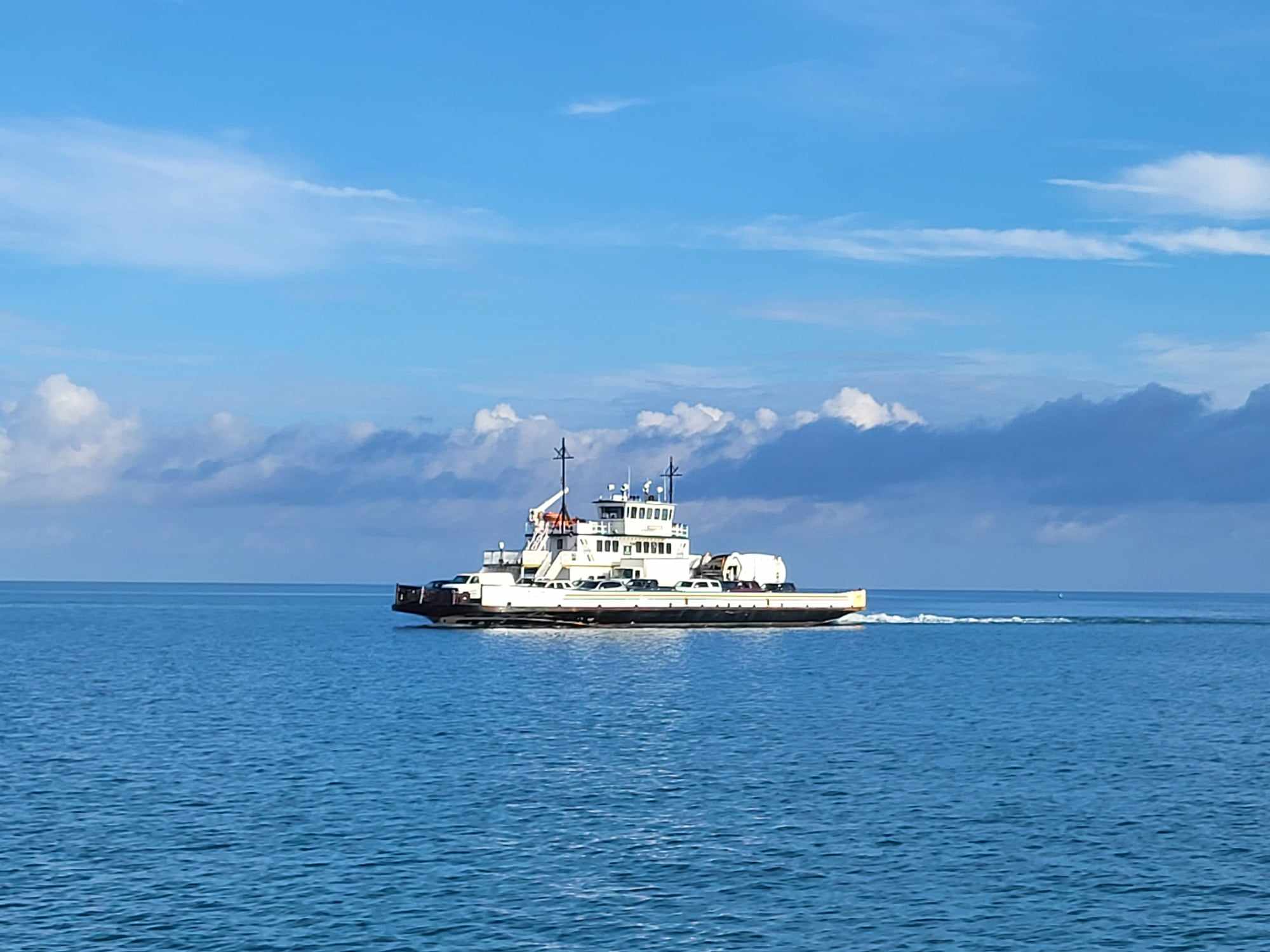Deputy superintendent Darrell Echols has been promoted to chief of science and resources in Southeast Region
Darrell L. Echols, deputy superintendent of the National Park Service’s Outer Banks group, has been promoted to chief of science and natural resources in the Southeast Regional Office and will begin his new position on Jan. 12, 2014.
Echols has served as the deputy superintendent or acting superintendent for nearly six years. During that time, he has managed the daily operations, staff, budget, and projects of the Group, which includes Cape Hatteras National Seashore, Wright Brothers National Memorial, and Fort Raleigh National Historic Site.
In a news release today, the Park Service that, “During his tenure, significant changes and accomplishments occurred in the three parks that exemplify his efforts to improve park facilities, enhance the visiting public’s experience at the national parks, improve working conditions for Group employees, and foster relationships with community organizations and agencies.”
Echols was involved in or oversaw the completion of significant planning efforts at the Group including an updated General Management Plan for the Seashore, an Off-Road Vehicle Management Plan and special regulation and a new beach driving permit program for the Seashore, a new General Management Plan and Environmental Impact Statement for Fort Raleigh, updated wildland and structural fire management plans for the Group, long-range interpretive plans for Wright Brothers and Fort Raleigh, and State of the Parks reports for all three parks.
During Echols’ tenure, numerous construction, renovation, and restoration projects were undertaken, but two significant projects stand out.
A two-year renovation of the Fort Raleigh Visitor Center, The Lost Colony administrative building, and the Group’s Headquarters complex was completed and includes all new interpretive exhibits for Fort Raleigh.
Additionally, an extensive four-year restoration of the Bodie Island Lighthouse and its associated visitor center complex and historic Fresnel lens was completed. This significant restoration project experienced many developments and surprises requiring careful and consistent oversight, which eventually led to the opening of the lighthouse to public climbing for the first time ever on April 18, 2013. By the end of the year, nearly 38,000 visitors had climbed and enjoyed a new visitor experience in the seashore.
Working with Facility Management Division staff, Echols was instrumental in addressing on-going safety issues with the Frisco Pier and helped negotiate the eventual purchase of the structures and entrance road properties. He oversaw and worked with the Washington and Regional support offices in the development of a Concessions Prospectus for the Oregon Inlet Fishing Center; guided the contractual process that repaired and rehabilitated multiple park structures and facilities in the aftermath of several significant hurricane events, including Hurricanes Irene and Sandy, rehabilitated the Bodie Island Coast Guard and Lifesaving Station buildings to provide office space for resource management and protection staff, as well as U.S. Fish and Wildlife staff, continued coordination with the state on the replacement of the Herbert C. Bonner bridge and numerous buildings associated with The Lost Colony production.
Echols and Resource Management Division staff worked on numerous projects that improved the understanding and protection of Group resources, including the creation and implementation of a new turtle friendly and dark sky appropriate lighting policy for the seashore, converting lighting fixtures at the Avon Pier Concessioner to turtle friendly lights, establishing a working relationship with partners to create a high technology sensor to be used in determining turtle hatchling development prior to emergence from the nest cavity, participating in an interagency committee organized by the Bureau of Ocean Energy and Management concerning proposed leasing of offshore lands from Virginia to South Carolina for wind energy development, registering numerous Significant Natural Heritage Areas within the Group, and improving data collection efforts associated with inventory and monitoring projects involving all resources.
Echols, along with Interpretation Division staff moved the park in a new direction with new park programming for the visiting public. He implemented a new beach access program staffed with rangers who roved the beach providing beach-goers with access information and a new sea turtle interpretive program involving public participation in sea turtle nest excavations. He supervised the development of new interpretive exhibits at Fort Raleigh and Seashore’s Museum of the Sea, began a new junior naturalist program at Cape Hatteras Secondary School and revised the Cape Hatteras Junior Ranger booklet, and he supported the development of the Group’s new social media program ensuring communication with the younger generation via Facebook, Twitter, Instagram, and Flickr.
He worked with Visitor and Resource Protection Division staff on projects that enhanced the safety of park visitors, resources, and facilities. He helped to develop new agreements with area emergency services organizations, to manage numerous response and recovery incidents involving hurricanes, northeasters, and other events, and accomplish numerous fire management projects including the first prescribed burn in over 20 years at the seashore.
Another of Echols’ accomplishments has been enhancing working relations with local, state, and federal agencies, as well as, non-profit organizations. Some of these include serving on the Outer Banks Scenic Byway Advisory Committee to develop a national byway and provide visitor opportunities throughout the seashore, encouraging the development of the Hatteras Island Ocean Center to diversify recreational opportunities at the seashore, developing a new agreement and supporting the efforts of the First Flight Society at Wright Brothers, supporting programming efforts of the Roanoke Island Historical Association at Fort Raleigh, and working with elected officials on issues ranging from storm response and recovery to property disposition.
Superintendent Barclay Trimble announced to park staff in late November that Echols had accepted a new position and was being promoted to the chief of science and natural resources management position in the Southeast Regional Office, beginning mid-January 2014.
“Darrell has made great contributions to the management of the Outer Banks Group over the past six years,” said Trimble. “His impacts are evident across the board and in every management division, with park partners, park concessioners, neighboring communities, and state and federal agencies. He will be greatly missed and, on behalf of park staff, we wish him well with his new endeavors.”
A native of south Texas, Echols possesses a bachelor of science degree in marine biology from Texas A&M University-Corpus Christi. He served as the chief of science and resources Management at Padre Island National Seashore in Texas for more than 18 years before coming to the Outer Banks Group.
“My family and I are excited about going to Atlanta, but have mixed feelings about leaving the Outer Banks. We have thoroughly enjoyed living here and working with the great staff at the Outer Banks Group. Our time here will be fondly remembered” stated Echols.


